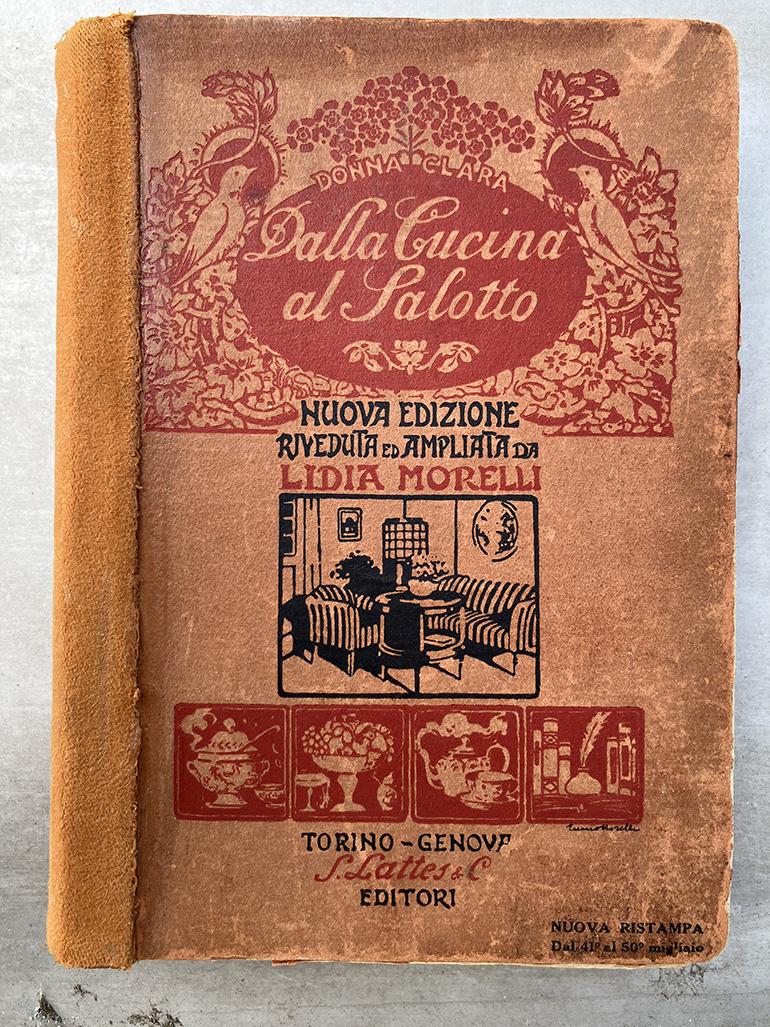The good sense of convenience

Editorial by Stefano Lavorini
I’m knocking at your door, dear readers. Can I come in? I have no preferences: a line operator, a businessman, a mechatronics designer or a marketing expert; it’s enough for me to be listened to by you without conceit and without distrust.
I am a curious person and I like nothing better than visiting a factory, an establishment of a manufacturer or a user, in which the packaging process is particularly important: lingering in the production department, in the warehouse, in the offices, in the canteen and in the bathrooms, investigating the organization of spaces with regards to the provision and availability of means and equipment, the organization of spaces, the colours and scents that characterize the work environment… the spirit of the owners and of those who live there.
First impressions can deceive. And yet, the more I observe, the more I’m convinced that there really is an analogy between “the dwelling and the dweller”.
Good taste, moreover, has as many facets as personality. It’s true that for some years, good taste has been becoming more refined and has made its way into the remote nooks and crannies of the provinces, relegating the various trinkets, enigmatic evidence of a company's history, to the cellar: pictures of Napoleone on a horse, sofas in imitation leather with stitching, dismembered and abandoned machines in production or in the yards … but it’s no less true that “false” good taste still abounds and that the “genuine” is in shorter supply than one might think. But more than that, an essential element of beauty and well-being is often lacking, which we could call the convenience criterion.
These days there is rampant style that I’m unable to name but which, in its ambiguous artifice, recalls the dreams of a person deranged. Someone will immediately tell me that they sense that I have white hair … Yet I am not insensitive to the cry of freedom, which breaks even the ancient chains of art. After visiting a number of businesses, however, which give the impression of a voluptuous and exasperated nightmare, I ask myself: «How long can such artifacts be tolerated?».
The choice of how to design a company is, at the end of the day, one of the hardest things to do for people in business, both for those who have much more good taste than money, and those of a new wealth, not yet educated, but who depend on the sure taste of others.
Let's not despair. In our entrepreneurs, in our ruling class, there’s a ready intuition, such an alert sense of observation and assimilation, that where ridicule does exist, it will soon give way to education that diminishes the ridiculous and imposes respect. Now, how long it will take for the nouveau riche to acquire at least that levelling of appearance which will put them on a par with the “gentlemen”? Not long, if they focus on putting intelligent moderation at the top of their priorities and that common sense of convenience which I certainly applaud.
Attention. Text drawn up paraphrasing the book “Dalla Cucina al Salotto” (From the Kitchen to the Living Room), new edition revised and extended by Lidia Morelli, S. Lattes & C. Editori, Turin-Genoa, 1927.





















